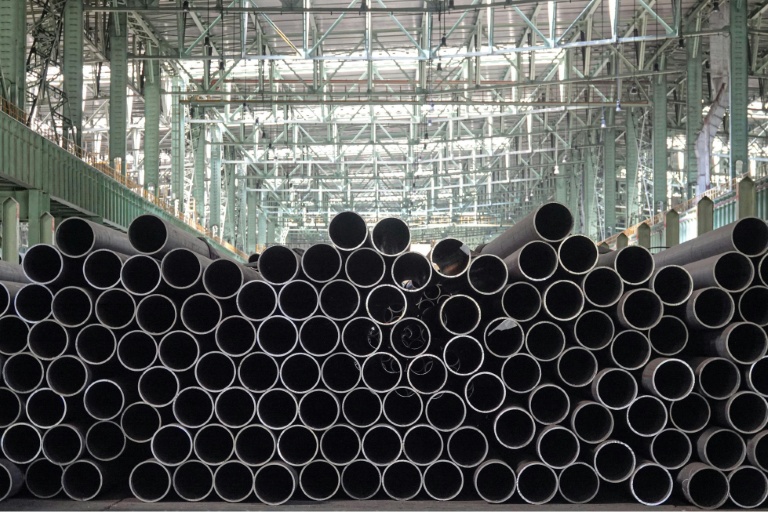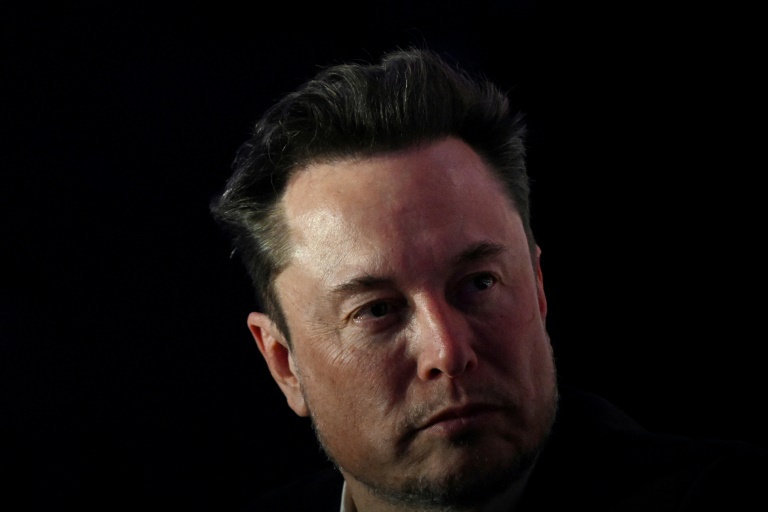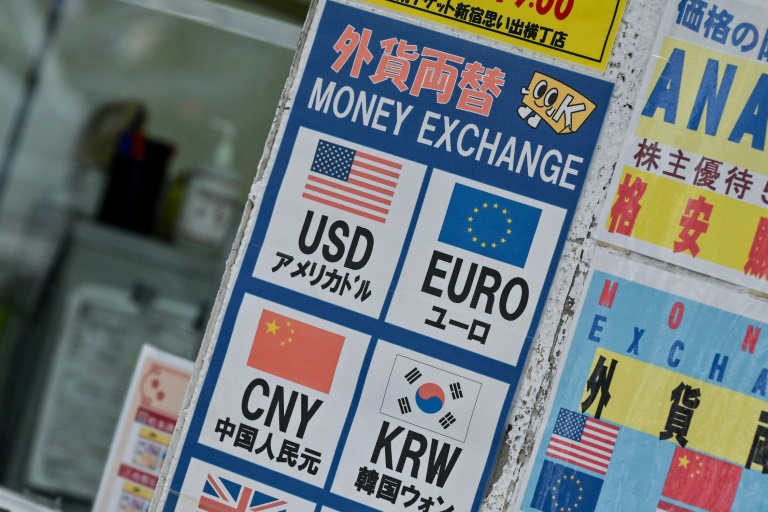Brussels (Belgium) (AFP) – The eurozone economy expanded more than expected at the start of the year, official data showed on Wednesday, despite US President Donald Trump’s tariffs. However, global trade tensions threaten more pain and near stagnation in 2025. The EU’s official data agency reported that the 20-country single currency area recorded growth of 0.4 percent over the January-March period from the previous quarter. This figure was higher than the 0.2 percent forecast by analysts for Bloomberg and follows the eurozone economy’s growth of 0.2 percent in the final quarter of 2024.
The 27-country European Union economy also expanded, growing by 0.3 percent after a 0.4 percent increase between October and December. The better-than-expected data appears to be linked to advance purchases in the United States made before Trump’s tariffs took effect. However, for the remainder of the year, the outlook remains lacklustre according to experts. On April 2, Trump imposed sweeping 20 percent levies on a majority of European goods before announcing a 90-day pause; meanwhile, a worldwide 10-percent levy rate remains in place. If Brussels and Washington fail to reach an agreement, the higher tariffs will take effect, potentially unleashing chaos and sparking a painful trade war for Europe. Additionally, Trump’s 25-percent tariffs on steel, aluminium, and auto imports are still in effect.
“The economy started the year on a stronger footing than we expected and activity surveys suggested,” said Franziska Palmas, senior Europe economist at London-based Capital Economics. “Nevertheless, we still expect growth to slow sharply in the next six months as the US tariffs introduced in April will hit activity and any boost from German fiscal stimulus will mostly be felt next year,” Palmas added.
Several European companies shipped a larger number of goods at the beginning of the year to avoid Trump’s higher tariffs. For instance, Ireland’s exports to the United States surged by 210 percent in February, reaching nearly 13 billion euros ($14.8 billion), with 90 percent of those exports being pharmaceutical products and chemical ingredients. The eurozone’s strong performance in the first quarter “is partly due to the 3.2 percent q/q increase in GDP in Ireland, where GDP tends to be very volatile, and the boost from front-running of US tariffs is likely to have been quite significant,” Palmas explained.
Europe has been mired in stagnation for two years, particularly affected by soaring energy costs following Russia’s invasion of Ukraine in 2022. The International Monetary Fund (IMF) this month cut its annual growth forecast for the eurozone by 0.2 percentage points to 0.8 percent in 2025, citing expectations that trade tensions with the United States will negatively impact Europe.
Among the major economies, Spain stood out with a growth rate of 0.6 percent in the first quarter compared to the previous three-month period. In contrast, France faced challenges due to political instability and a planned austerity programme, resulting in only 0.1 percent growth between January and March. Germany, Europe’s largest economy, also exhibited stronger-than-expected growth, increasing by 0.2 percent in the first quarter of the year compared to the previous quarter.
© 2024 AFP






















